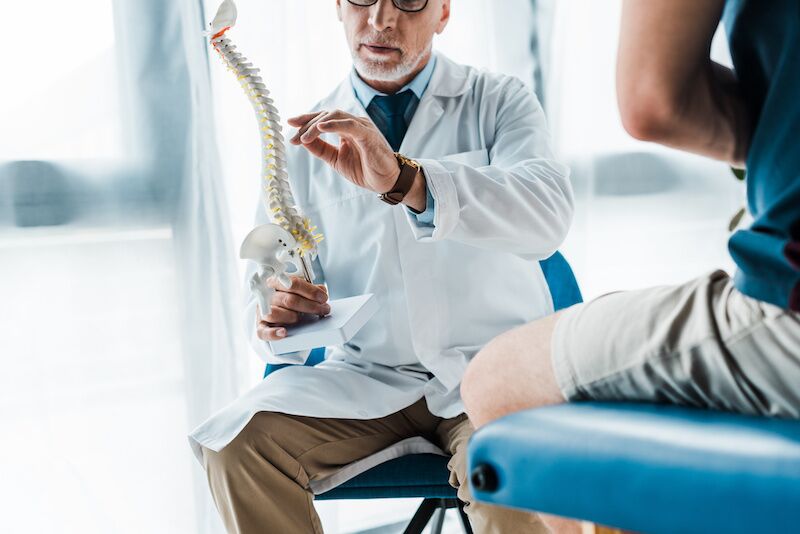Spinal Fusion
Understanding Spinal Fusion Surgery for Stability
Spinal fusion surgery involves the merging of two or more vertebrae, promoting their amalgamation into a singular, solid bone structure. This procedure is pursued when disc replacement is not considered suitable.
When to Consider Spinal Fusion Surgery
Spinal fusion serves to rectify deformities, bolster stability, or mitigate pain arising from excessive motion. If prior attempts at conservative treatments have yielded unsatisfactory results, you might be an eligible candidate for spinal fusion if you exhibit:
- A compromised or unstable spine
- Spondylolisthesis, a condition involving the displacement of one vertebra over another
- Spinal arthritis, such as spinal stenosis
- Spinal curvature, such as scoliosis
- Spinal injuries or fractures
Guidance from North Carolina Neuroscience & Spine Center
Empowering you to make informed decisions, the seasoned team at North Carolina Neuroscience & Spine Center is poised to assist in tailoring a treatment strategy that aligns with your needs. Their specialization in minimally invasive spine surgery complements their adeptness in diagnosing and managing disc disorders and diseases. Employing cutting-edge methodologies, they endeavor to alleviate discomfort and facilitate a return to an active lifestyle. To secure an appointment with North Carolina Neuroscience & Spine Center, kindly reach out at 919-784-7550.
The Spinal Fusion Surgery Process and Recovery
Contingent on the specific area of fusion, the procedure might involve an incision in your back, neck, or abdomen, conducted under general anesthesia. A graft, akin to surgically implanted tissue, is employed to bind the bones together. Additional components like rods, screws, or devices may be integrated to prevent vertebrae from shifting until the grafts are fully healed. Typically, the procedure necessitates a hospital stay spanning two to four days.
Post-surgery, your healthcare provider will prescribe pain relief medications, and you might receive essential nutrients via IV. Techniques to navigate activities like rising from bed, sitting, standing, and walking while evading spinal twisting will be imparted. Following hospital discharge, wearing a brace or cast might be recommended.
As you recuperate over the ensuing months, your symptoms are likely to improve. It’s important to acknowledge that spinal fusion might not eliminate all discomfort. The region subjected to fusion during surgery forfeits mobility, which could impose additional strain on adjacent vertebrae. Since fusion typically involves limited segments of the spine, the overall range of motion is generally not drastically restricted.
Book an Appointment Today!
The care team at North Carolina Neuroscience & Spine Center can help you decide on the treatment that's best for you. They specialize in minimally invasive surgery and are experienced in diagnosing and treating disorders and diseases, using the newest techniques for relieving pain and returning you to an active lifestyle. To make an appointment at North Carolina Neuroscience & Spine Center call 919-784-7550.
Need More Help?









